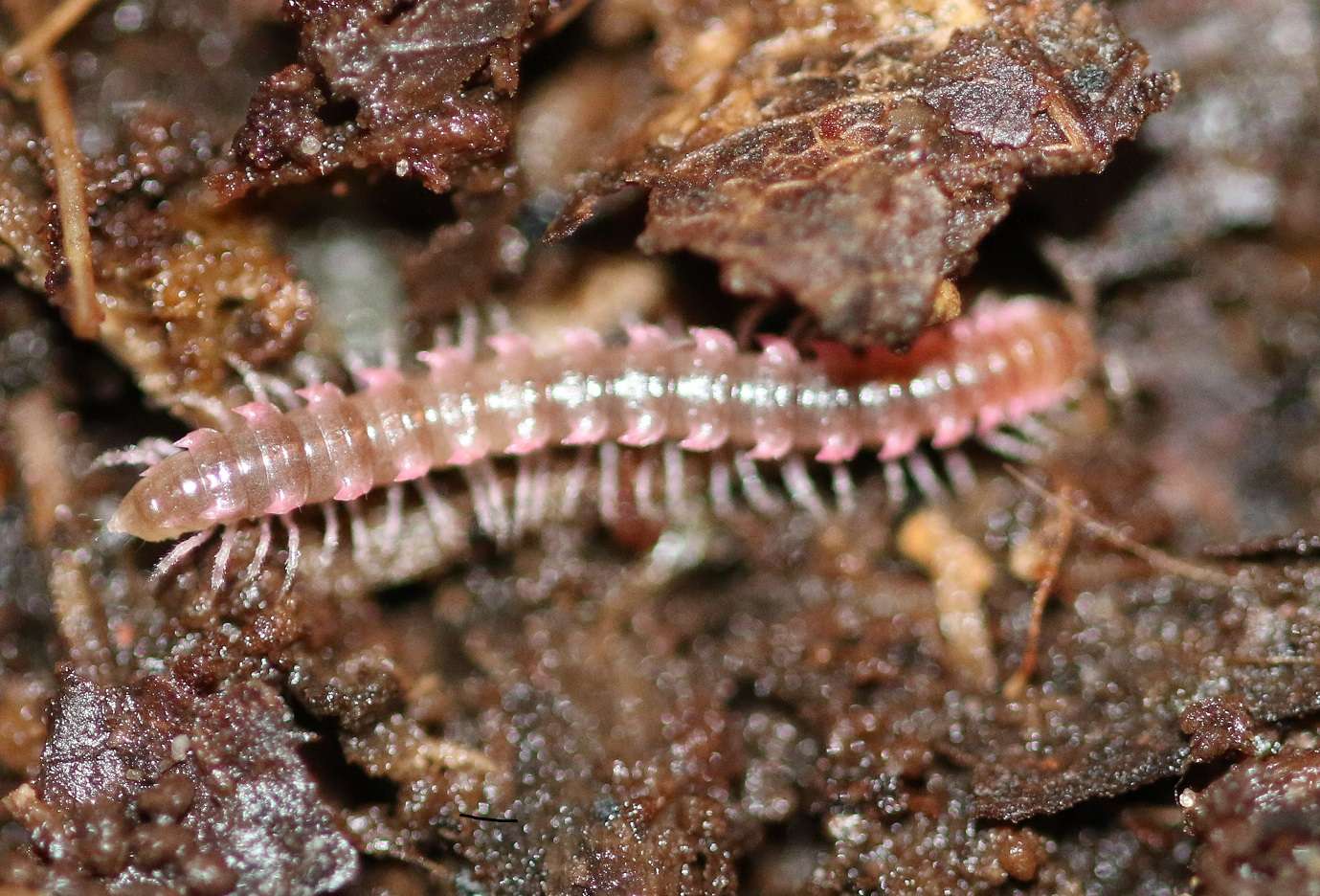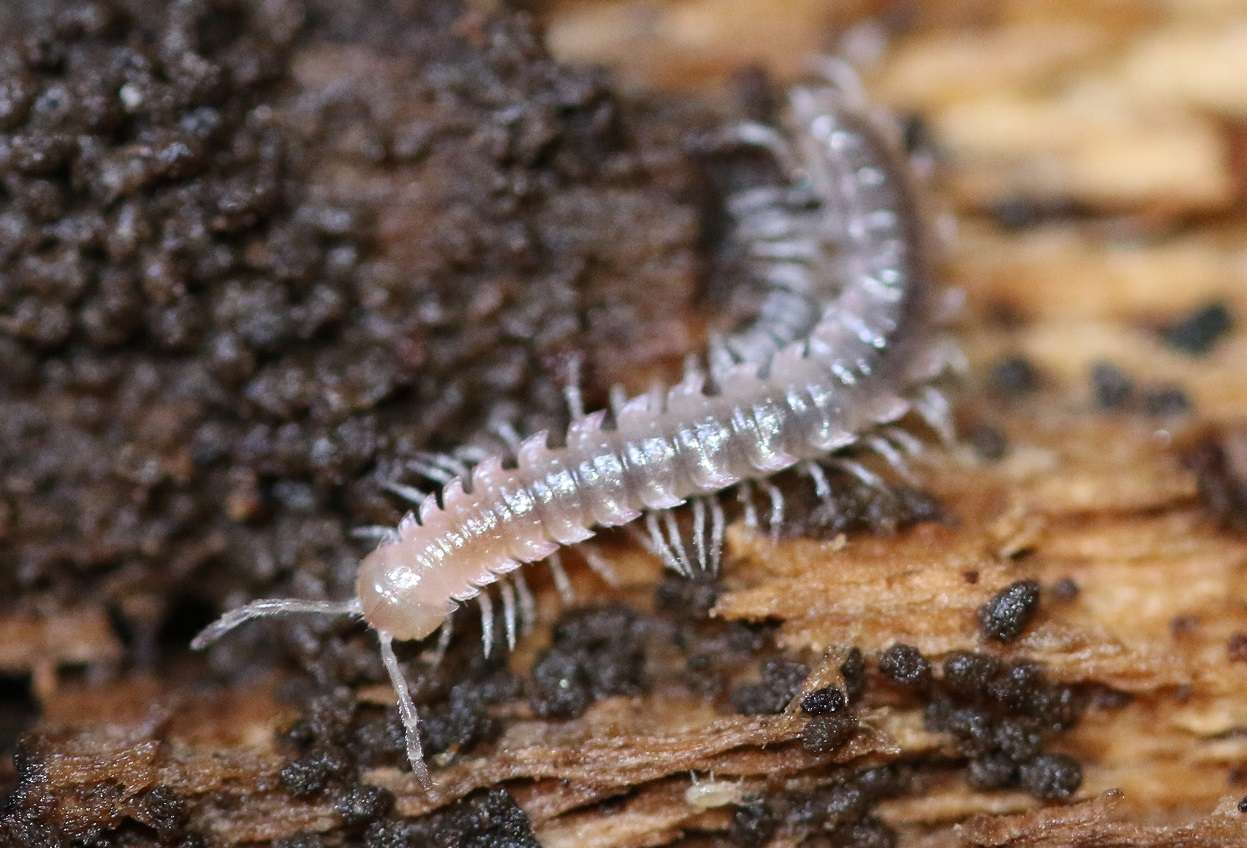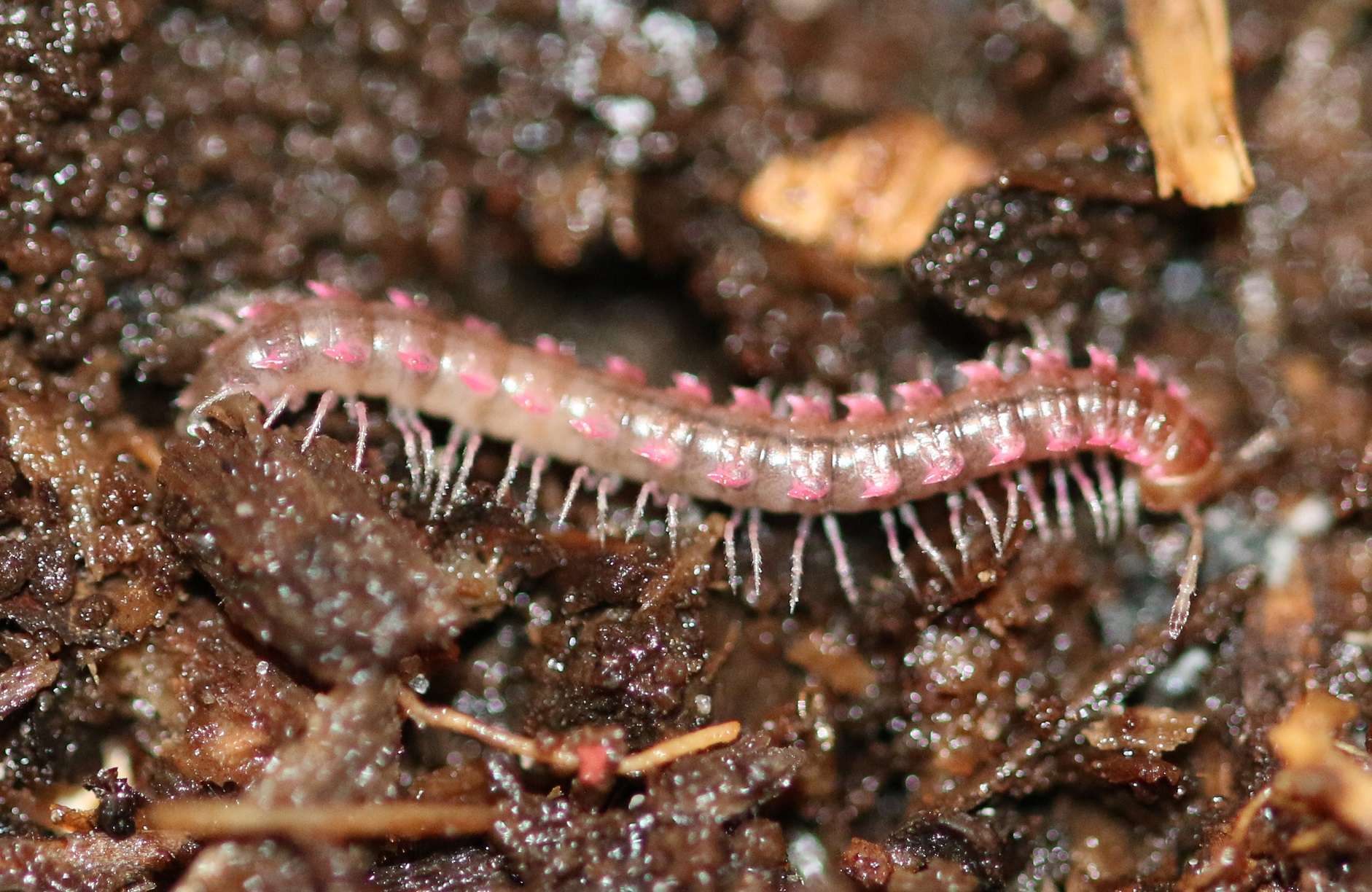Najakeeper
Arachnoprince
- Joined
- Dec 10, 2010
- Messages
- 1,050
More of a centipede guy here when it comes to myriapods and I know how to care for carnivores in general.
But I could not pass a pair of almond smelling Desmoxytes sp!

I am sure the seller will help but any care info from the experts here will be appreciated!
But I could not pass a pair of almond smelling Desmoxytes sp!

I am sure the seller will help but any care info from the experts here will be appreciated!



